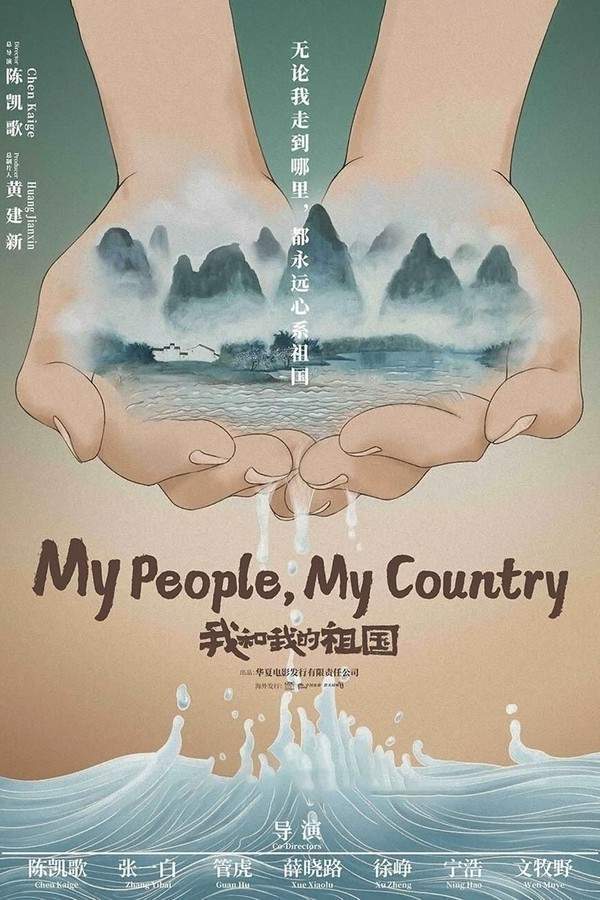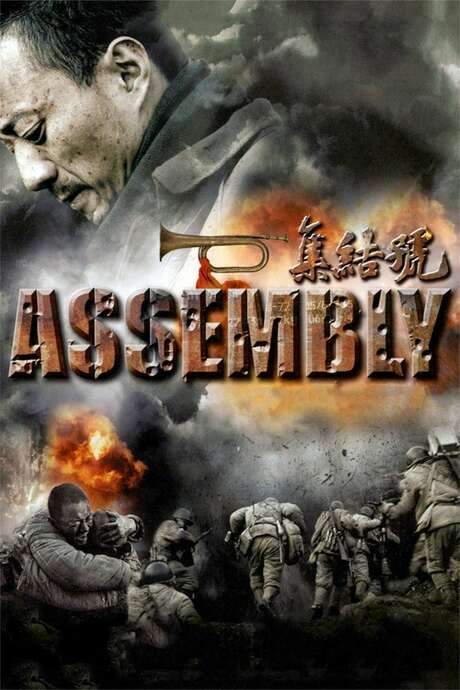Warning: spoilers below!
Haven’t seen The Founding of a Republic yet? This summary contains major spoilers. Bookmark the page, watch the movie, and come back for the full breakdown. If you're ready, scroll on and relive the story!
Timeline – The Founding of a Republic (2009)
Trace every key event in The Founding of a Republic (2009) with our detailed, chronological timeline. Perfect for unpacking nonlinear stories, spotting hidden connections, and understanding how each scene builds toward the film’s climax. Whether you're revisiting or decoding for the first time, this timeline gives you the full picture.
Last Updated: October 09, 2025 at 10:53
Unlock the Full Story of The Founding of a Republic
Don't stop at just watching — explore The Founding of a Republic in full detail. From the complete plot summary and scene-by-scene timeline to character breakdowns, thematic analysis, and a deep dive into the ending — every page helps you truly understand what The Founding of a Republic is all about. Plus, discover what's next after the movie.
The Founding of a Republic Summary
Read a complete plot summary of The Founding of a Republic, including all key story points, character arcs, and turning points. This in-depth recap is ideal for understanding the narrative structure or reviewing what happened in the movie.

Characters, Settings & Themes in The Founding of a Republic
Discover the characters, locations, and core themes that shape The Founding of a Republic. Get insights into symbolic elements, setting significance, and deeper narrative meaning — ideal for thematic analysis and movie breakdowns.

Similar Movies to The Founding of a Republic
Discover movies like The Founding of a Republic that share similar genres, themes, and storytelling elements. Whether you’re drawn to the atmosphere, character arcs, or plot structure, these curated recommendations will help you explore more films you’ll love.
Explore More About Movie The Founding of a Republic
The Founding of a Republic (2009) Plot Summary & Movie Recap
The Founding of a Republic (2009) Scene-by-Scene Movie Timeline
The Founding of a Republic (2009) Spoiler-Free Summary & Key Flow
Movies Like The Founding of a Republic – Similar Titles You’ll Enjoy
My People, My Country (2019) Ending Explained & Film Insights
The Founding of an Army (2017) Spoiler-Packed Plot Recap
Tiananmen: The People Versus the Party (2019) Full Summary & Key Details
Mao Zedong 1949 (2019) Movie Recap & Themes
The Warlords (2007) Story Summary & Characters
Assembly (2007) Movie Recap & Themes
Bethune: The Making of a Hero (1990) Full Summary & Key Details
The Big Parade (1986) Spoiler-Packed Plot Recap
My Country, My Parents (2021) Ending Explained & Film Insights
The Birth of New China (1989) Movie Recap & Themes
My People, My Homeland (2020) Plot Summary & Ending Explained
1921 (2021) Complete Plot Breakdown
The East Is Red (1965) Complete Plot Breakdown
The Communist (1958) Film Overview & Timeline
The 400 Million (1939) Complete Plot Breakdown


















